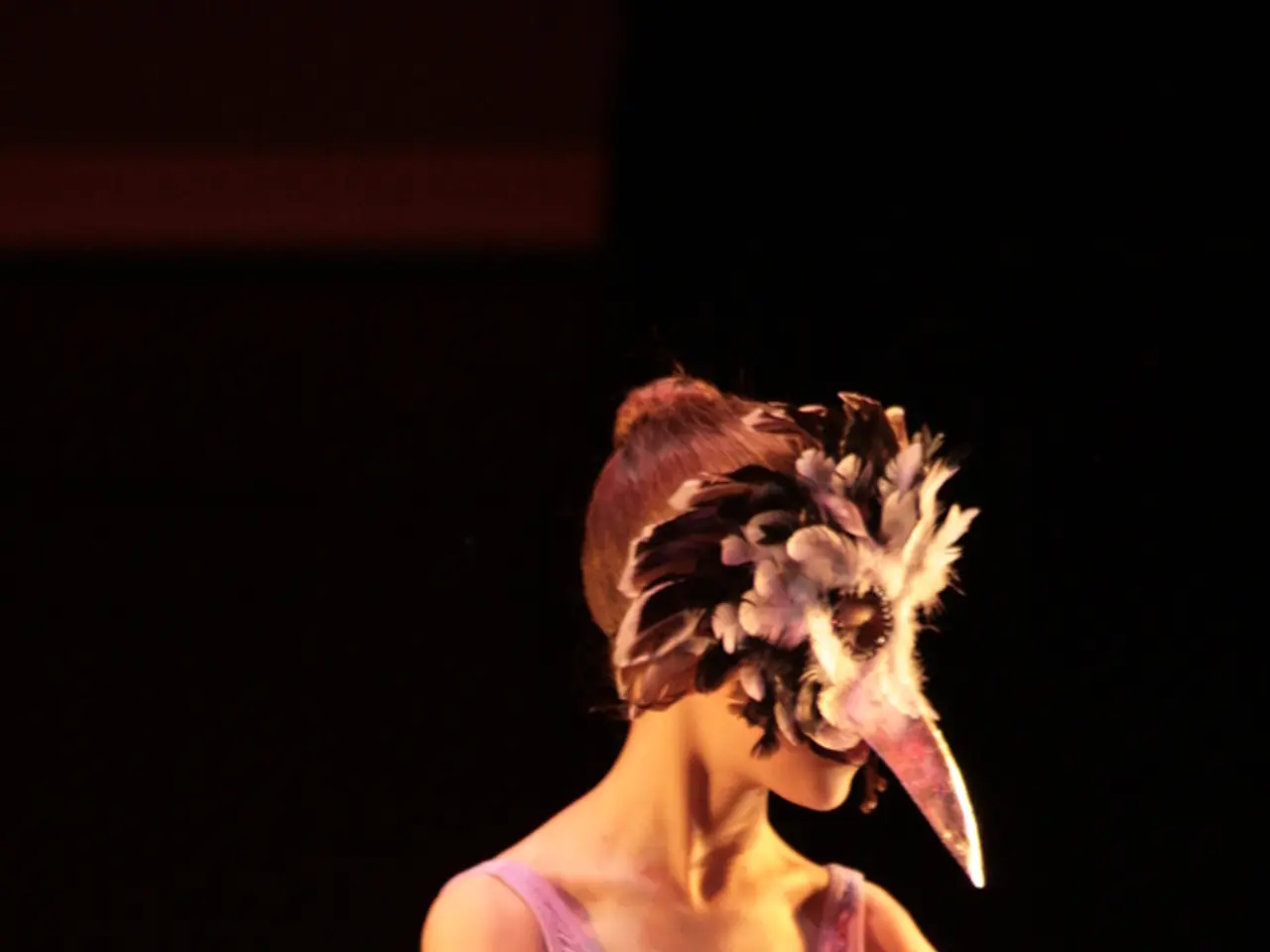A Look at the Rescuer Turned Symbol: The Woman Whose Likeness Adorns CPR Dummies, Allegedly Perished in Paris
In the year 1960, a groundbreaking CPR training mannequin named Resusci Anne was introduced to the world [1][2][3]. This lifelike doll, whose face was inspired by the death mask of the Unknown Woman of the Seine, a young woman whose tragic story unfolded in 19th-century Paris, has since trained over 500 million individuals worldwide, becoming a standard tool in medical and first aid education [1][2][3].
The Unknown Woman's peaceful and haunting visage, immortalized in a death mask, lends a poignant and memorable element to the CPR training experience [3][5]. This serene expression, reminiscent of the Mona Lisa, captivated writers, poets, and artists, with French writer Albert Camus referring to her as the "drowned Mona Lisa" and Austrian poet Rainer Maria Rilke describing her as tranquil [4].
The doll, named "Resusci Anne," was designed to help people practice CPR effectively. Her soft plastic torso and open lips were meant for mouth-to-mouth rescue [4]. The mannequin's face was chosen to humanize the training experience and connect emotionally with trainees [3][5]. Initially, the mannequin was made to appear unthreatening, and she was designed as a woman due to the assumption that men would not perform mouth-to-mouth resuscitation on a male dummy [4].
The first CPR doll was officially launched with the subject's face from the painting, known as L'Inconnue de la Seine. This painting had adorned homes across Europe for decades, originally from a picture on the wall of Laerdal's parents-in-law's home in Stavanger, Norway [4]. Laerdal Medical, founded by Asmund Laerdal, collaborated with Austrian doctor Peter Safar, who had recently developed the basics of CPR, to create a training model [1].
Resusci Anne's impact on global CPR training is undeniable. Immediate CPR can double or even triple a person's chance of survival after a cardiac arrest according to the American Heart Association [3]. With one in 20 people expected to witness a cardiac arrest in their lifetime, and 70% of these incidents occurring outside the home, Resusci Anne and her fellow resuscitation mannequins have played a crucial role in equipping individuals to respond effectively in emergency situations [3].
Pal Oftedal, the director of Corporate Communications at Laerdal Medical, believes that whoever Annie was, she would be proud of the impact she made in engaging people in CPR worldwide [4]. Over the years, Resusci Anne has received technological upgrades, including flashing lights, lung feedback, and sensors, to better simulate real-life scenarios and improve training effectiveness [1][2].
In the 1980s, Michael Jackson immortalized Resusci Anne in his song Smooth Criminal, further cementing her place in popular culture [2]. Despite her humble beginnings as a training aid, Resusci Anne has become an iconic symbol of life-saving training and a testament to the power of human connection in emergency situations.
- The impact of Resusci Anne on global CPR training is so significant that immediate CPR can double or even triple a person's chance of survival after a cardiac arrest, according to the American Heart Association.
- Over the years, Resusci Anne has received technological upgrades, such as flashing lights, lung feedback, and sensors, to improve training effectiveness and better simulate real-life scenarios.
- The cultural influence of Resusci Anne is extensive, with Michael Jackson immortalizing her in his song Smooth Criminal, further cementing her place in popular culture.
- In contrast to the tragic story of the Unknown Woman of the Seine, whose death mask inspired Resusci Anne's face, the mannequin has become an iconic symbol of life-saving training, demonstrating the power of human connection in emergency situations.




